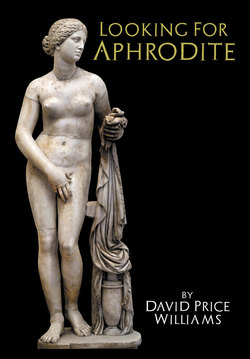Читать книгу Looking for Aphrodite - David Price Williams - Страница 32
Оглавлениеtaken from Knidos and transported to Alexandria in order to build his new palace at Ras el-Tin, which he began in 1834. This is the very same building which is shown in a lithograph by the famous artist David Roberts where he features himself at an audience with ‘the Viceroy of Egypt’ in 1839; when you think about it, Roberts is actually sitting among the block-work from Knidos! Meanwhile, back at Cape Crio, robbing the terraces, theatre and other buildings of their stone-work to construct such a palace would seriously have depleted the already damaged ancient city and would have left it in a much more ruined state than the passage of time and sundry earthquakes must have previously wrought.
The next researches at Knidos were conducted in the late 1830’s by the Royal Navy. The then hydrographer to the British Navy, Captain (later Admiral) Francis Beaufort, the one who invented the wind scale, had some twenty or so years previously sailed around the coast of Asia Minor in a captured Dutch frigate called the Frederickssteen and in 1817 he published a memoir of his journeys which he called the Karamania, an old name for southern Anatolia. In this memoir he discusses some of the ancient sites which he had examined and identified using classical texts like Strabo’s ‘Geographies’ which he carried with him for reference. These cities of the past had of course been ‘lost’ to the world for over a millennium and one can feel in his narrative Beaufort’s excitement at rediscovering them. It was in the early stages of his voyage that he called in briefly at Knidos, which he described in the Karamania as ‘one promiscuous mass of ruins’. Though he said he had no time to investigate Knidos itself, after his experiences in other parts of Turkey he was considered to be a bit of a self-taught archaeologist and indeed he later successfully described a somewhat more extensive study he made of some of the Classical cities in Lycia further east.
When Beaufort was later made responsible for sending surveyors to the Eastern Mediterranean to make charts of the seas around Asia Minor for the Admiralty, to be used in case of Russian naval expansion from the Black Sea,
24
